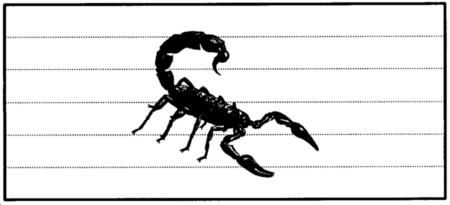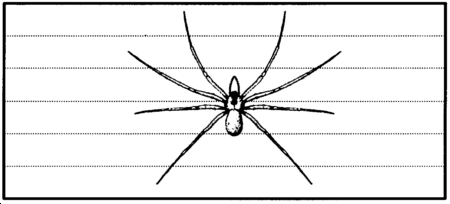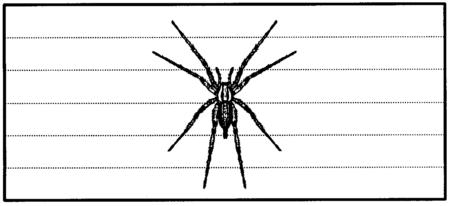 |
 |
 |
 |
| APPENDIX D |
Insects are often overlooked as a danger to the survivor. More people in the United States die each year from bee stings, and resulting anaphylactic shock, than from snake bites. A few other insects are venomous enough to kill, but often the greatest danger is the transmission of disease.

Scorpion
Scorpionidae order
Description: Dull brown, yellow, or black. Have 7.5- to 20-centimeter long lobster like pincers and jointed tail usually held over the back. There are 800 species of scorpions.
Habitat: Decaying matter, under debris, logs, and rocks. Feeds at night. Sometimes hides in boots.
Distribution: Worldwide in temperate, arid, and tropical regions.
|

Brown house spider or brown recluse spider
Laxosceles reclusa
Description: Brown to black with obvious "fiddle" on back of head and thorax. Chunky body with long, slim legs 2.5 to 4 centimeters long.
Habitat: Under debris, rocks, and logs. In caves and dark places.
Distribution: North America.

Funnelweb spider
Atrax species (A. robustus, A. formidablis)
Description: Large, brown, bulky spiders. Aggressive when disturbed.
Habitat: Woods, jungles, and brushy areas. Web has a funnel like opening.
Distribution: Australia. (Other nonvenemous species worldwide.)
| Page: 1 2 3 | Next Page >> |
| Updated: 20 January 2009 |
|
Born on 18 January 2000 |